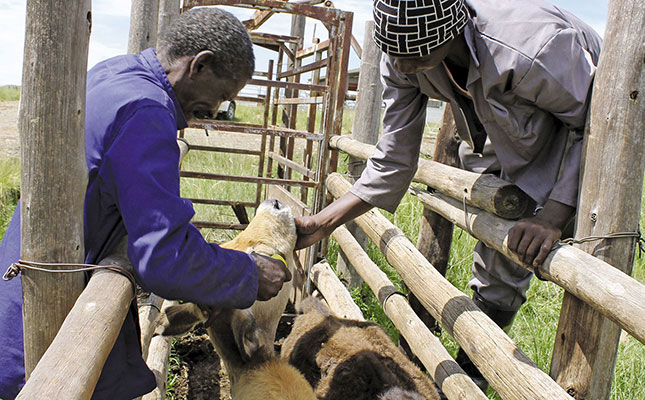Lemos has worked with Brahman for 30 years and edits the Brahman magazine in Brazil.
In his presentation, he said that the supercontinent Pangeae, which broke apart 200 million years ago, is the reason why Southern Africa, Australia, India and South America are so similar. Rocks and fossils found in these countries have similarities as well as living animals like the African ostrich, the South American emu and the Australian emu and the African and Indian elephant.
“In my opinion something similar occurred with Zebu breeds – in India the Gyr, the buffalo and the goat all have a convex profile. This profile protected these animal species from predation by the tiger that first attacks the eyes of its prey,” said Lemos.
The species that gave rise to the world’s cattle, Bos Taurus and B. indicus, arose from a region in Pakistan, with the exception of cattle from Bali Island.
“There are divergences among animals of Indian origin and those of European origin that happened about 100 000 years ago,” said Lemos. Indian cattle have a high resistance to tropical diseases and to ecto- and endoparasites.
When the New World was discovered, there were no cattle in the Americas and so the Spanish conquistadors took cattle from Europe to Latin America. However these animals had no disease resistance and the forage available was not suitable, said Lemos. “When the Zebu came it saved Bolivian cattle production and today there are Brahman in the US and in Mexico showing high adaptability.”
A Zebu trait that makes these cattle suitable for tropical regions is the number of veins and arteries which is greater than in taurine cattle and allows for more rapid cooling, he said.
“There are 1 300 hairs per cm² compared to 900/cm² in the taurine breeds. This is important with insect bites as the insects battle to reach the skin and suck the animal’s blood.” Straight rather than convoluted sweat glands in Zebu types allowed for easier drainage and better heat management.
“Zebu genetics have evolved in the ecosystems of various demanding biomes,” said Lemos.












